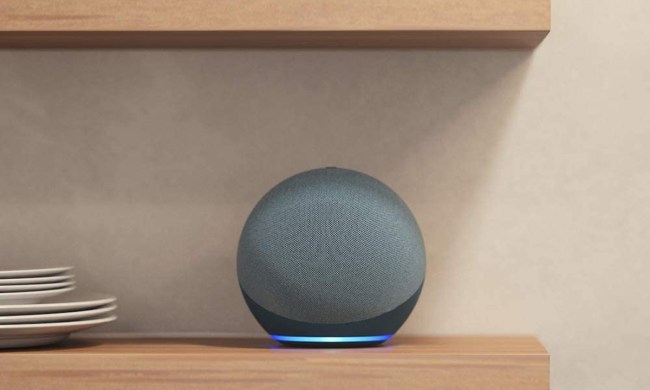Your newest study buddy is named Alexa.
For students at Boston’s Northeastern University, Amazon’s virtual assistant is much more than a helper around the house — she’s also lending a hand in college. While she likely won’t help anyone ace an organic chemistry test, she can help busy students keep track of other important information, like their class schedule, tuition due dates, and other logistics that the college crowd simply doesn’t have time for.
The skill will make its debut this fall and is named the Husky Helper after Northeastern’s canine mascot. Once activated, the skill will be able to answer queries like, “What class do I have next?” and “When is my tuition due?” Students can elect to use the skill either on an Echo device or simply on their smartphone.
Students have also leveraged the Helper to ask questions that they might otherwise direct to faculty members. For example, freshman Elizabeth Hilli told Northeastern’s newspaper, “I used Husky Helper to figure out who my academic advisor was, which was really helpful because my advisor changed three times throughout the semester.”
“Northeastern will soon begin to roll out Husky Helper to students, using their personal smartphones and Alexa-enabled mobile apps, Amazon devices, and other conversation-enabled hardware,” Northeastern spokesperson Renata Nyul told CNBC. “It is important that we help provide a convenient experience to our students that allows them to use voice-enabled solutions without tying them to any physical location.”
Northeastern has actually already trialed the skill and found that it was highly effective in delivering crucial information to students. In April, the university conducted a 60-student pilot and subsequently reported an 80 percent reduction in phone requests to the campus call center from those 60 students. Once it’s made more widely available, skill co-creator Somen Saha believes that it will serve as a “huge resource savings for the university.”
Saha first came up with the idea for the skill while serving as Northeastern’s senior director of IT. “One of my tasks was to connect all the disparate systems that the university had,” Saha said. “First of all, there was no defined product that did that,” he added. And once this was achieved, he wondered, “What do we do with this data now that we have [it]?”


